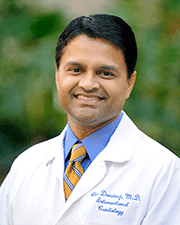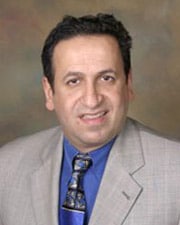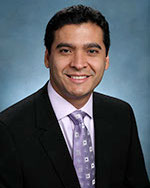Treatment Options
Offering a full spectrum of cardiac services – including screening and diagnostic tests, advanced medical and surgical treatments, and cardiac rehabilitation and education programs – our Webster Heart and Vascular Center provides superior care, and we do it with heart. By the numbers: we perform over 2,500 catheterizations and electrophysiology procedures, and over 74,000 non-invasive cardiovascular diagnostic procedures each year.
Heart & Vascular Services
The Heart and Vascular Center at Huntington Hospital offers the following cardiac services and programs.
Atrial Fibrillation Stroke Treatment – Left Atrial Appendage Occlusion (LAAO)
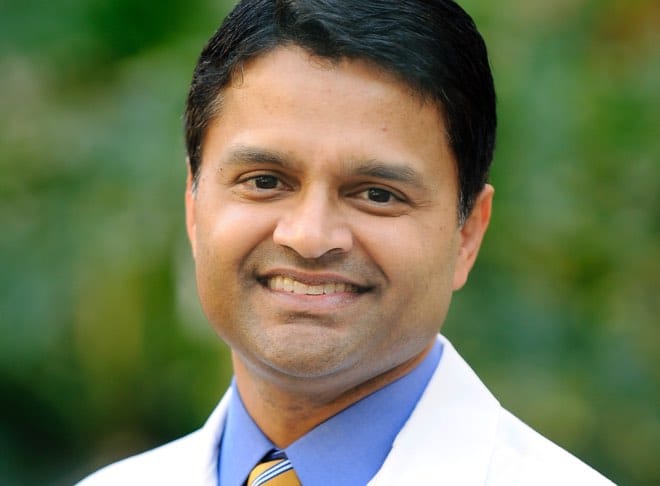
Huntington Hospital was the first facility in the San Gabriel Valley to offer the FDA-approved WATCHMAN™, Amulet, and open research study-catalyst for patients with atrial fibrillation (AFib) as an alternative to the lifelong use of warfarin or novel oral anticoagulants (NOAC) for people with AFib not caused by a heart valve problem (also known as non-valvular AFib).
“The left atrial appendage devices are a novel alternative for patients with non-valvular AFib at risk for a stroke, especially those with a compelling reason not to be on blood thinners. We provide over 2,000 catheterizations and electrophysiology procedures, and 42,000 non-invasive cardiac diagnostic procedures each year. I’m proud to now offer these safe and effective procedures to our patients seeking stroke risk treatment.”
Alex Durairaj, MD, medical director of Cardiovascular Services, Huntington Hospital.
Catheter-Inserted Left Atrial Closure Devices
Learn about WATCHMAN
FlowTriever® – Lifesaving Blood Clot Remover
Huntington Hospital was the first community-based hospital in the greater Los Angeles area to use FlowTriever® for the treatment of pulmonary embolism. The FlowTriever® is the first mechanical thrombectomy device FDA-indicated and purpose-built for the treatment of pulmonary embolism, removing large clots from big vessels such as the pulmonary arteries without the need for thrombolytic drugs and consequent ICU stay.
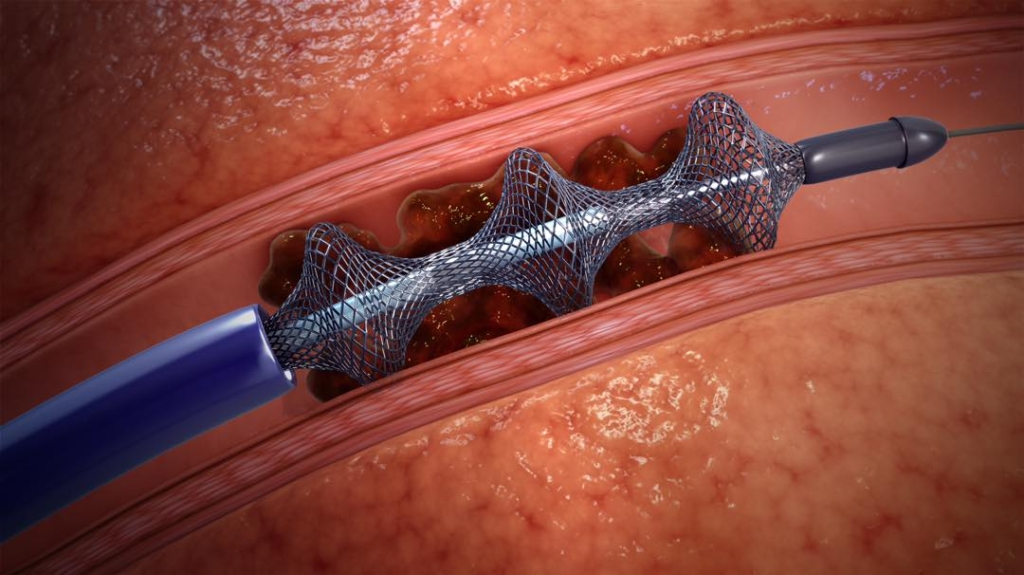
A pulmonary embolism is caused when blood clots break free in the deep veins of the body and travel through the venous system to become lodged in the pulmonary arteries. The blockage of blood flow results in right heart strain as the right ventricle is unable to push blood past the clot. In severe cases, right heart failure may occur leading to a fatal event.
The FlowTriever® procedure is typically a one-hour, single-session procedure, performed under conscious sedation. The device’s mechanism of action is to disrupt and aspirate a clot using nitinol mesh disks and large lumen aspiration Triever® catheters to rapidly remove the clot and restore blood flow. Find a cardiologist affiliated with Huntington Hospital.
Get the Cardiac Care You Need
Call us to learn more about our trusted cardiology services and to receive a physician referral.
 English
English Espanol
Espanol 简体中文
简体中文 Tagalog
Tagalog հայերեն
հայերեն 한국인
한국인 Tiếng Việt
Tiếng Việt فارسی
فارسی русский
русский 日本
日本 عربي
عربي